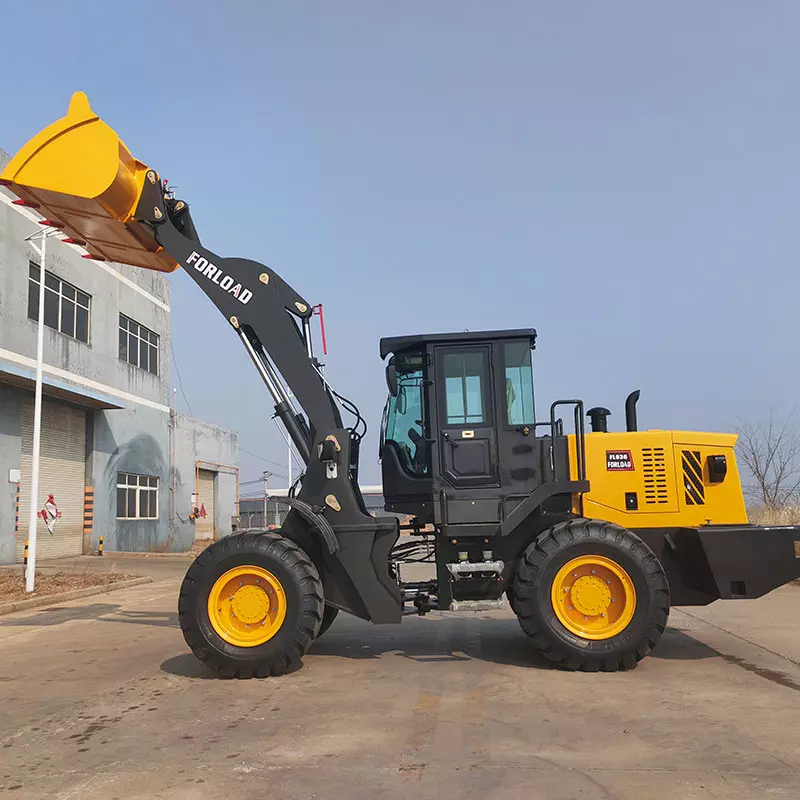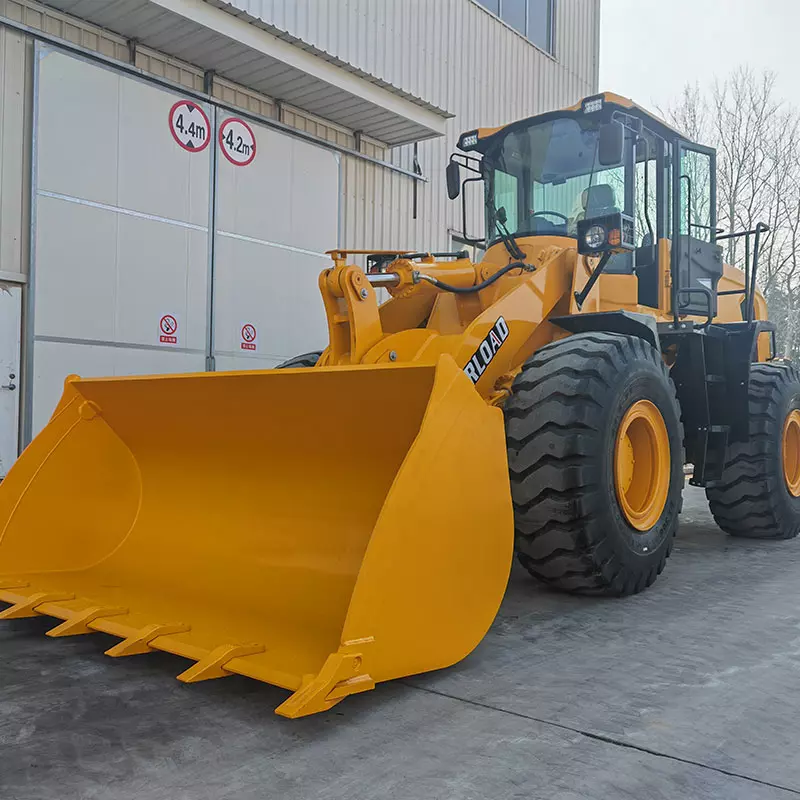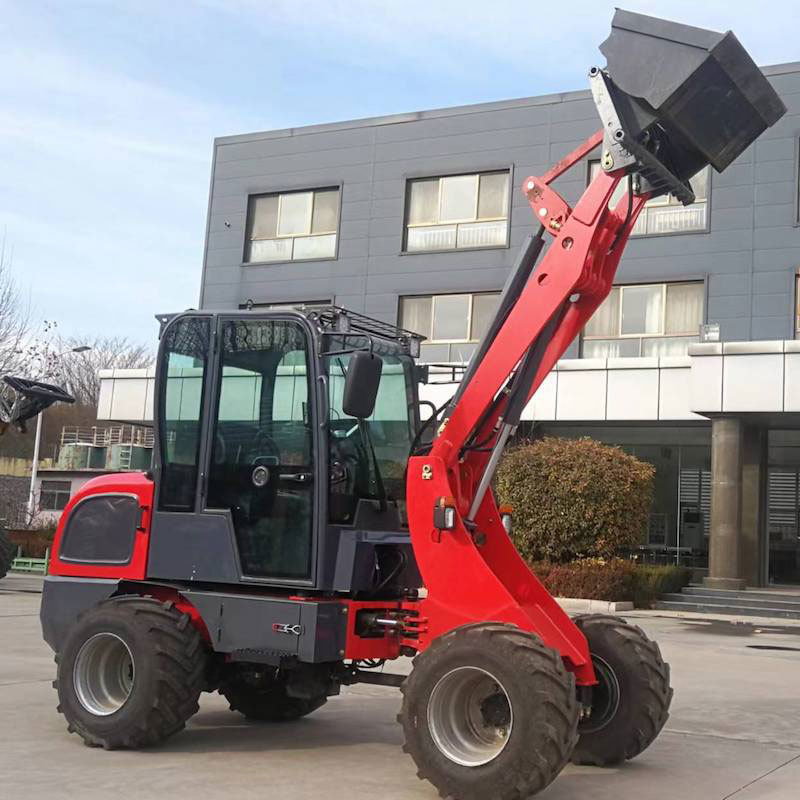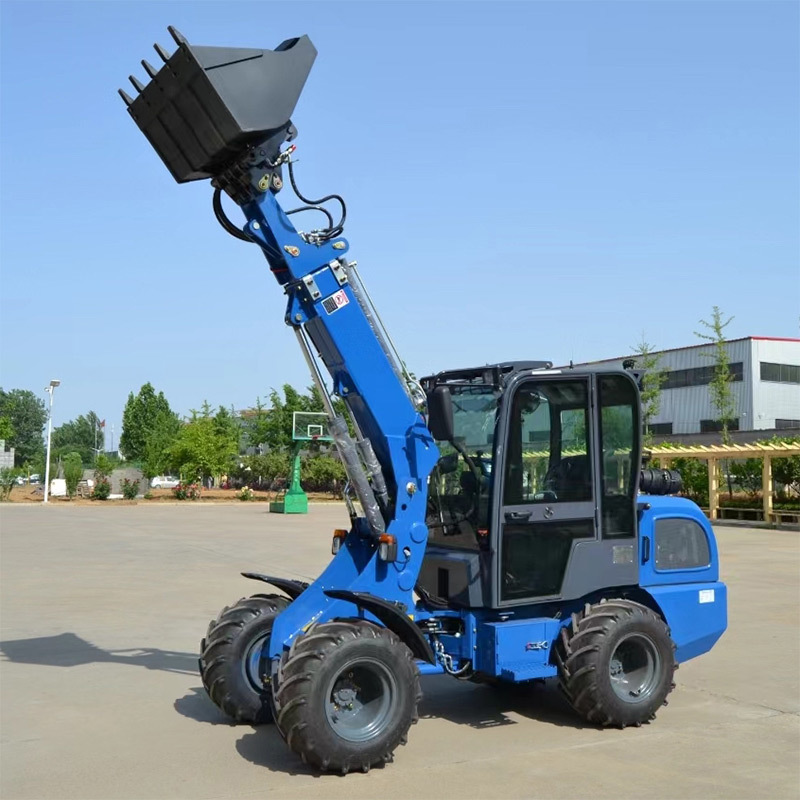NEWS CENTER
Understanding Rough Terrain Forklifts: Your Guide to Versatile Heavy-Lifting Solutions
Rough terrain forklifts are specialized vehicles engineered to navigate challenging outdoor conditions, making them an essential asset in various industries, particularly in construction, agriculture, and warehousing. Unlike standard forklifts, which are primarily designed for flat, paved surfaces, rough terrain forklifts boast enhanced stability and traction, allowing them to perform effectively on uneven ground, gravel, mud, and other unstable surfaces.
One of the defining features of rough terrain forklifts is their robust tires. These vehicles typically come equipped with oversized, deep-treaded tires that provide superior grip and shock absorption. This design ensures that they can traverse rough surfaces without losing stability or traction, which is crucial when lifting heavy loads in unpredictable environments. Additionally, these forklifts often have a higher ground clearance compared to conventional models, allowing them to maneuver over obstacles without risking damage to the vehicle or the load being carried.
Another key aspect of rough terrain forklifts is their powerful engines. These forklifts are usually outfitted with engines that deliver substantial horsepower, enabling them to lift heavy loads even on steep inclines. The combination of powerful hydraulics and sturdy frames provides the necessary strength for handling significant weights, making them ideal for construction sites where heavy materials must be moved frequently.
Versatility is another advantage of rough terrain forklifts. Many models come with adjustable forks and attachments, such as buckets or clamps, allowing them to perform various tasks beyond standard lifting. This adaptability makes them valuable not only for transporting goods but also for loading and unloading materials, enhancing overall operational efficiency.
When considering a rough terrain forklift for your operations, it’s essential to assess your specific needs. Factors such as load capacity, lift height, and the type of terrain you will be navigating should be taken into account. Additionally, proper training and safety measures are vital to ensure that operators can utilize these powerful machines effectively and safely.
In conclusion, rough terrain forklifts are indispensable tools in industries that require heavy lifting in difficult outdoor conditions. With their specialized design, robust features, and versatility, these forklifts can significantly boost productivity and efficiency. By understanding their capabilities, businesses can make informed decisions about integrating rough terrain forklifts into their operations, ultimately streamlining logistics and enhancing overall performance.
One of the defining features of rough terrain forklifts is their robust tires. These vehicles typically come equipped with oversized, deep-treaded tires that provide superior grip and shock absorption. This design ensures that they can traverse rough surfaces without losing stability or traction, which is crucial when lifting heavy loads in unpredictable environments. Additionally, these forklifts often have a higher ground clearance compared to conventional models, allowing them to maneuver over obstacles without risking damage to the vehicle or the load being carried.
Another key aspect of rough terrain forklifts is their powerful engines. These forklifts are usually outfitted with engines that deliver substantial horsepower, enabling them to lift heavy loads even on steep inclines. The combination of powerful hydraulics and sturdy frames provides the necessary strength for handling significant weights, making them ideal for construction sites where heavy materials must be moved frequently.
Versatility is another advantage of rough terrain forklifts. Many models come with adjustable forks and attachments, such as buckets or clamps, allowing them to perform various tasks beyond standard lifting. This adaptability makes them valuable not only for transporting goods but also for loading and unloading materials, enhancing overall operational efficiency.
When considering a rough terrain forklift for your operations, it’s essential to assess your specific needs. Factors such as load capacity, lift height, and the type of terrain you will be navigating should be taken into account. Additionally, proper training and safety measures are vital to ensure that operators can utilize these powerful machines effectively and safely.
In conclusion, rough terrain forklifts are indispensable tools in industries that require heavy lifting in difficult outdoor conditions. With their specialized design, robust features, and versatility, these forklifts can significantly boost productivity and efficiency. By understanding their capabilities, businesses can make informed decisions about integrating rough terrain forklifts into their operations, ultimately streamlining logistics and enhancing overall performance.
rough terrain forklift












